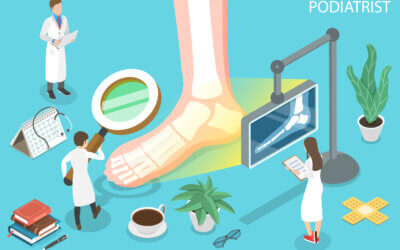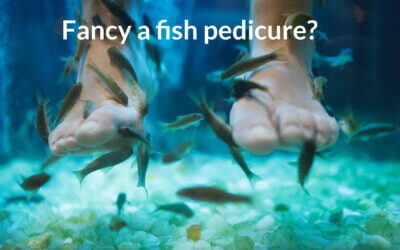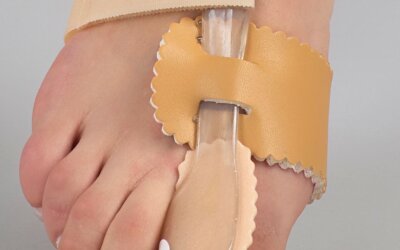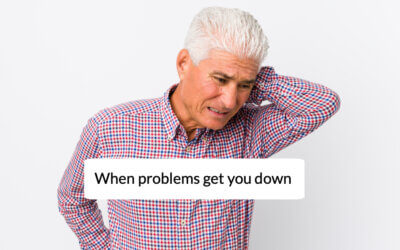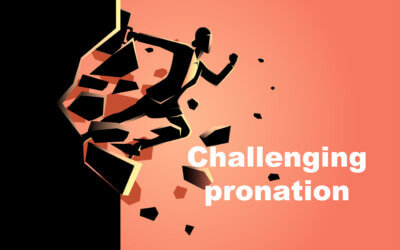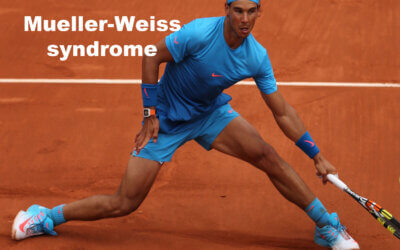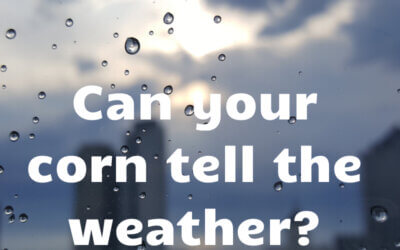The Softer Side of Podiatry
When it comes to skin – callus and corns occur in different degrees and can form extremely painful conditions, from splitting skin (fissures) to deeper ulcers, foreign indwelling damage and cysts. The nail bed harbours many problems and requires skill to navigate fleshy tumours and overgrown blood vessels, causing deformity and distortion known as hypergranulation.
Getting the best foot healthcare
This article focuses on getting the best foot care, but you can consider other relevant health concerns. Following some tips, you can check out some of the 70 key articles to support your quest for your foot problem at the bottom of this article.
The Fish Pedicure – good or bad?
CFP decided to look into this topic further and found some interesting facts. Yes, you can become infected from the doctor fish, as they are sometimes called, although the fish as Garra rufa fish and are found in the Middle East, such as Turkey, Syria, Iraq, Iran, the Far East – Indonesia. The Garra rufa belongs to the carp family. In their natural habitat, their suction helps them stick to rocks so they feed on plankton. In a town called Kangal, it was observed that the resident Garra rufa fed spared normal skin but ate psoriatic plaques. Let’s look at risk and potential reasons for scaremongering. Secondly, we need to feature the Garra Rufa fish.
The Bunion Corrector.
Patients often ask if this type of device is of value for their bunion, which does not mean the bump, but the deformity called hallux valgus. The splint actually has a purpose and function and could be valuable, but we have to specify some reservations because at best, it takes time for a painful joint to settle. The big toe (hallux) splint is often called a ‘night splint’ (illustrated as the main image) implying that it can only be worn at night. In reality, many designs can be used during the day but the one I intend to introduce is used as an adjunct to treatment and in some cases exercises.
The Social-Historian
My starting point was the 1960 state registration Act, and the reason for that was because Gerry Larkin’s examination of ‘chiropody’ had basically run from the 19th century up to 1960. Thus, the sociology of podiatry had already been written up until 1960, but nothing had followed since then. I saw the opportunity, and took it upon myself to be the person to undertake an analysis of the post-1960 profession, and that’s how it happened. There were other brief articles, mainly by the historian Colin Dagnall, which addressed certain features of the profession during those years, but nothing which specifically drew upon the sociology of the professions.
Delayed Big Toe Surgery!
I look at why there is a discrepancy between being admitted to a private hospital through the NHS. In this case we need to get to the ‘heart’ of the problem. Additionally revision surgery and expectations are discussed with Tom in my conclusion.
Selling & Misselling Orthoses
At ConsultingFootPain my colleagues and I try to take the mystique out of foot health science and recognise it is easy to confuse patients. For example, pronation is yet another word based around anatomical movement.
Sports magazines and journals, podiatrists and others use the word pronation all the time. However, do we know or understand the importance of the term, which can be used to confuse? In addition, there is another angle to this word and one that is often attributed to flat feet.
Sun and Skin Warnings
David explains a solar damage on the face, his consultation and treatment during the Covid experience as part of a case history for the readership at consultingfootpain.co.uk
Threats to Rafael Nadal’s Future?
For you or I, who are low key in our activity, relative to athletes in peak condition, this condition may settle and you can live with the condition adequately. However, the types of forces Nadal creates with tennis foot and ankle contact on the court are akin to the problems beset by Andy Murray with his hip joint. Murray’s hip was more amenable to surgery than Nadal’s foot will be. The reason athletes can push themselves is their competitive streak, motivation, and extreme fitness, long training and ethics to be better than everyone else – this allows them to compensate for the type of problems the regular person would give up on a long time ago.
Musings about corns and callus
My favourite story comes from space
Scott and Don had been in space for 300 and 365 days respectively. Their blogs recorded interesting experiences. Because astronauts are not walking around on the ground under the force of gravity they don’t have to wear shoes in space.
“The calluses on your feet in space will eventually fall off so, the bottoms of your feet become very soft like newborn baby feet. But the top of my feet develop rough alligator skin because I use the top of my feet to get around here on space station when using foot rails.” Scott Kelly
